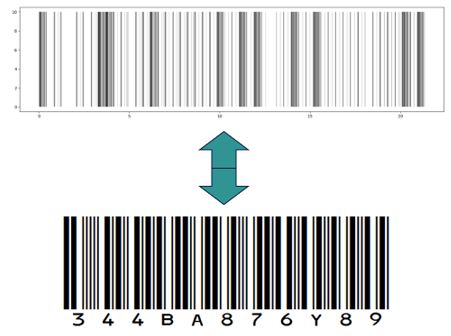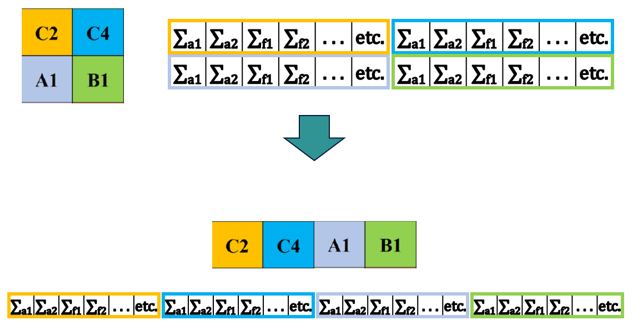Download Intro_ (to be prepared)
Loading Pattern Search
The Recommended Publication for Citing
- Siarhei Dzianisau, Hanjoo Kim, Chidong Kong, Dongmin Yun, Deokjung Lee*, “Development of Barcode Model for Prediction of PWR Core Design Parameters Using Convolutional Neural Network,” Transactions of the Korean Nuclear Society Autumn Meeting, Goyang, Republic of Korea, October 24-25, 2019.
- Dongmin Yun, Do-yeon Kim, Hanjoo Kim, Chidong Kong, Deokjung Lee*, “Fuel Loading Pattern Optimization for OPR-1000 Equilibrium Cycle by Simulated Annealing Algorithm,” Transactions of the Korean Nuclear Society Virtual Spring Meeting, July 9-10, 2020.
Introduction

Creating a surrogate artificial neural network (ANN) model for estimating key reactor parameters without running a conventional computation is one of the hot topics in the reactor simulation industry. Among many models in the literature, our in-house developed ANN model stands out due to its unique approach and surprising output accuracy. In conventional models, the ANN model inputs are provided as a 2-dimensional (2D) image that could contain various input parameters of interest as “color” channels. Our study found that similar or better performance could be achieved if we use a 1D convolutional neural network (CNN) with a single channel per “pixel” input. Our parameters of interest are unrolled and fed as one long line of inputs (a vector), which was found beneficial compared to a traditional approach due to the difference in the parameter evaluation for 1D CNN and 2D CNN models. Given the similarity of such vector input to the information stored via barcodes in logistics and retail, we named our in-house model the Barcode model.
The Barcode CNN model can generate a vector of the most important output parameters, such as critical boron concentration, pin peaking factors, cycle length, etc. These parameters were helpful in developing a simulated annealing (SA) algorithm for loading pattern (LP) automated search and optimization.
Feature
– The model can produce multiple outputs simultaneously.
– The accuracy of prediction was found suitable for running an SA-assisted LP search and optimization.
– Unlike many similar models, the Barcode model is based on a 1D CNN and a vector input.
– Despite the non-conventional input shape, the model can output space-dependent information such as assembly power distribution and core burnup distribution.
Developers
– Prof. Deokjung Lee: Supervision, funding
– Siarhei Dzianisau: Development of the Barcode CNN model
– Dongmin Yun: Development of the Simulated Annealing optimization algorithm.
Brief Results
Verification of the Barcode model using OPR-1000 test data



